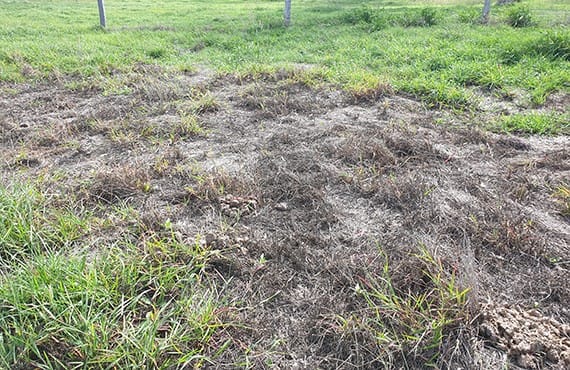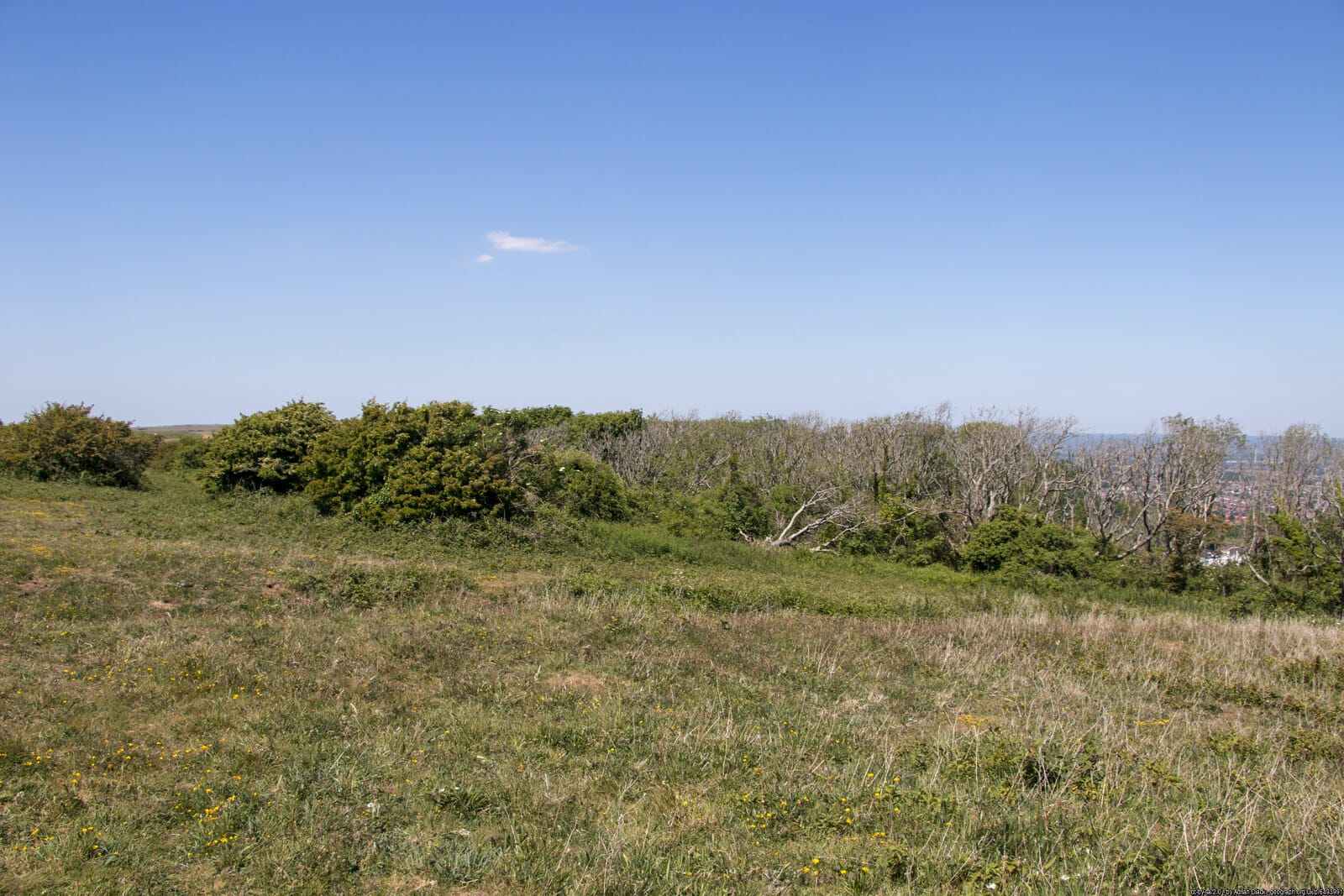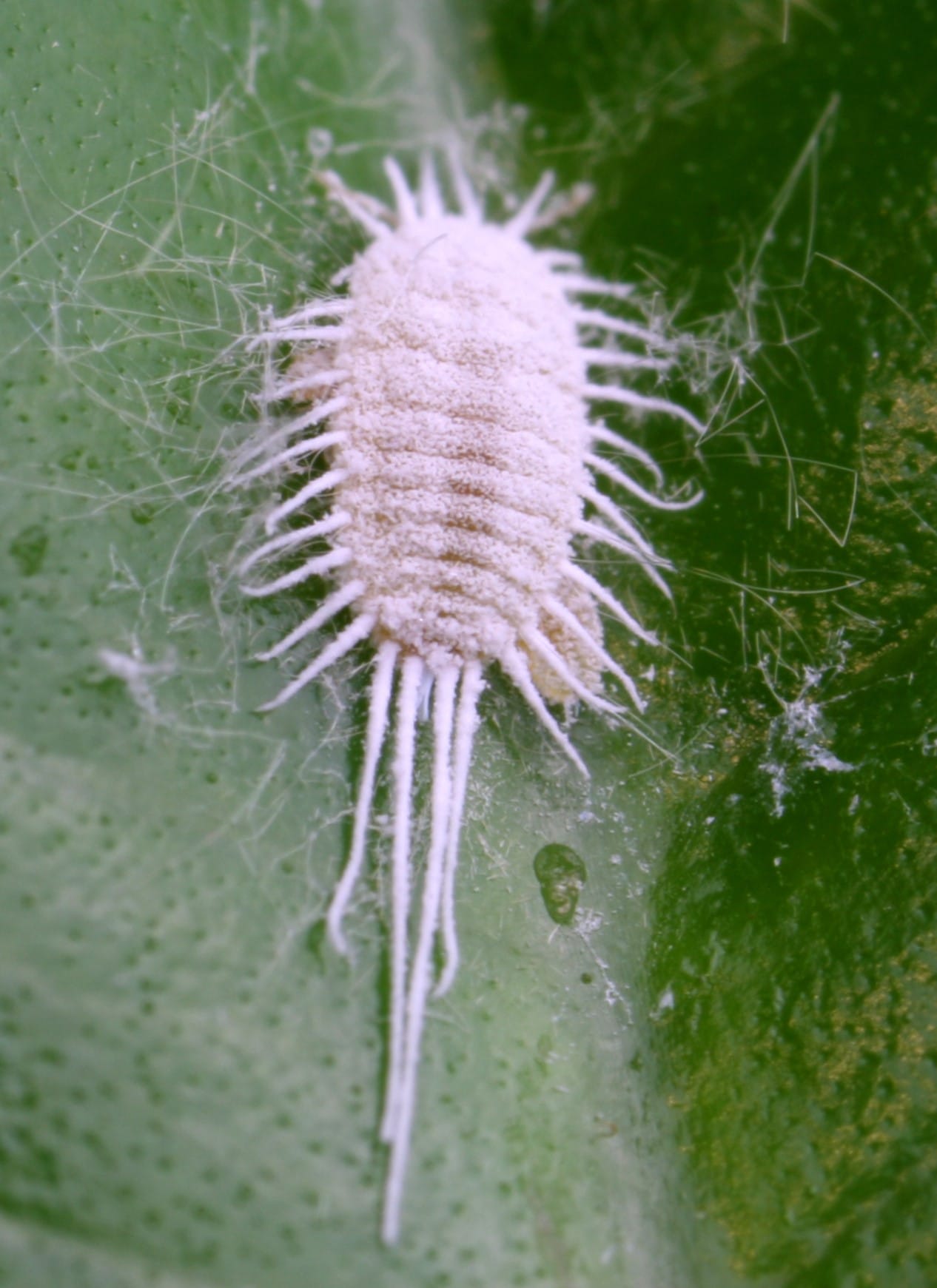Article Summary:
In this article, let’s talk about the pests that affect your pastures in Autumn. First, you need to identify your enemy. So we’ll help you get familiar with the names of the pesky little critters. And next, we’ll show you how you can manage them on your farm.
Pasture dieback is just as deadly as it sounds.
It is defined as a condition that kills sown and native summer growing pastures. It first starts as small, almost unassuming patches and then before you know it, it spreads to larger areas.
In this article, we’re going to talk all about pasture dieback and what we can do to control it.
Pasture dieback has been reported for more than 25 years but it has spread a lot more in recent years after changes in weather conditions.

Symptoms of pasture dieback
- Leaves that turn yellow, red, or purple. Discolouration can differ from species to species. It first starts with the oldest leaves, beginning at the tip of the leaves and then moves along the blades of the leaves to the stem.
- The early symptoms include a purple or mauve streak along the leaf blades and the later symptoms include extensive root rot, leaf yellowing and purple/brown streaking.
- Plants that are affected become stunted with fewer leaves and tillers, smaller seed heads and a smaller root system.
- It starts as small patches of less than 1 metre square. These small patches then grow and affect larger areas.
- When there is a significant amount of rainfall in spring to autumn, the size of the affected areas can become even larger.
- After some time, the plants that are affected usually die.
- Dead plants easily come apart when pressure is applied.
- And these parts, where the grasses are killed, get colonised by broadleaf weeds and legumes.
In the very first stages, patches of pasture dieback measure about 2 – 60 m in diameter. These patches then grow irregularly and spread at speeds that are slow to rapid.
Slow speed – cm sq per week during cold months
Rapid speed – ha/week during wet and warm months
Pasture dieback can occur across different types of soils, landscapes from ridges to gullies and steep slopes and grass species. Cows will avoid grazing areas of pasture affected by dieback which in time affects the productivity of the farm system.
Species affected
Pasture dieback usually affects summer growing grasses. All the common summer grasses are vulnerable as well as both native and naturalized grasses.

Affected species include:
- Bahia Grass (Paspalum notatum)
- Black spear-grass (Heteropogon contortus)
- Bambatsi panic (Panicum coloratum)
- Buffel grass (Cenchrus ciliaris)
- Carpet grass (Axonopus compressus)
- Couch (Cynodon dactylon)
- Creeping bluegrass (Bothriochloa insculpta)
- Digit grass (Digitaria eriantha)
- Forest bluegrass (Bothriochloa bladhii ssp. glabra)
- Gatton and green panic (Panicum maximum)
- Golden beard grass (Chrysopogon fallax)
- Kikuyu (Pennisetum clandestinum)
- Para grass (Brachiaria mutica syn. Urochloa mutica)
- Paspalum (Paspalum dilatatum, P. mandiocanum (syn. P. wettsteinii), P. urvillei and P. plicatulum)
- Purple pigeon grass (Setaria incrassata)
- Rhodes grass (Chloris gayana)
- Sabi grass (Urochloa mosambicensis)
- Setaria (Setaria sphacelata)
- Signal grass (Brachiaria decumbens syn. Urochloa decumbens
So how is pasture dieback caused?
So now that we’ve discussed the symptoms of pasture dieback, how to identify it and how many species can be affected by this deadly disease, let’s discuss how pasture dieback is caused?
Unfortunately, we don’t have an exact answer.
And nor does the rest of the world!
Research has proved inconclusive in finding out the exact cause of this condition. Mealybug infestations have been suspected to be a part of the problem, as well as soil microbe imbalance, but a definitive answer is a long way off.

The culprit mealybug touted to be one of the main contributors to pasture dieback is Heliococcus summervillei, an insect from the Pseudococcidae family. They are small sucking pests that grow in and around the affected plants and feed on their sap.
And even though they thrive in warmer conditions, mealybugs can even live underground and survive biting cold winters, frosts and drought!
The main issue with mealybugs for grazers is their size. At only 0.2 mm per mealybug, they’re very difficult to spot. This means that mealybugs can cause immense damage even before the farmers realise they are around and the symptoms look like other causes.
What can be done to fight pasture dieback?
Since the root of the problem and why it’s caused remains largely unknown, there is no one solution to fix the issue. However, a combination of techniques is followed by those who have experienced dieback and has been fruitful to a small extent.
Until the cause is found out, there are ways that pasture dieback can be managed by planting forage brassicas and legumes that are not affected. Broadleaf and legume, herbs and brassicas have the potential to take over areas of pasture that are affected by dieback.
You can seek help from local advisors on which are the best re-sowing options.
It is not recommended to re-sow perennial grasses into areas affected by dieback.
Here are some recommended options:
- Winter annual legumes like clovers, medics, vetch, etc
- Summer forage legumes like cowpeas, lablab, soybeans
- Perennial legumes like lucerne, white clover, red clover
- Herbs like plantain
- Brassicas like forage rape, bulb turnip
As of now, there is no real information as to how susceptible winter cereals, winter annual grasses, summer forages and temperate perennial grasses are to pasture dieback.
However, studies have found that tropical perennial grasses like kikuyu, paspalum, setaria, Rhodes grass, digit grass, etc. are very highly vulnerable to pasture dieback.
There is good news, though. Microbiologist Caroline Hauxwell is helming the investigation into pasture mealybug as the cause of pasture dieback.
She has found that mealybugs were found feeding both above and below ground, in the soil and on the roots too. One of the main reasons that people don’t find mealybugs is because they are most often very deep underground. They’re currently working at scanning soils, roots, grasses and trying to figure out the cause of this deadly disease.
Insecticides have not proven to be very effective in fighting mealybugs. However, mealybugs are quite capable of building resistance due to a waxy coating that’s on their body which protects them from insecticide spraying.
Researchers are also exploring a long-term solution to controlling mealybugs – endophytes. Endophytes are a naturally-occurring fungi that host within the plant and could help the plant deter the mealybug.
DPI NSW also recently put out an informative webinar on pasture dieback. You can watch it for free below:
There’s not a lot that’s known about this mysterious disease.
This is why Australian authorities are urging farmers and producers to keep a watchful lookout for signs of pasture dieback.
Below are some practices to follow to reduce the risk of mealybug and minimise the risk of pasture dieback:
- Monitor both your livestock and your pasture well
- Be aware of any symptoms that are out of the ordinary
- Ensure that all farm is pest-free
- Implement a farm biosecurity plan
- Make sure your staff are on top of the biosecurity plan
- Ensure that wash-down facilities are available at your farm
- Vehicles and machinery that come into your farm should be free of mud and trash
- Use farm vehicles and not outside vehicles to transport your visitors around the farm
That brings us to the end of this article. Feel free to check our Pasture weeds, diseases and pests section.
- The Dedicated Team of Pasture.io, 2021-05-12